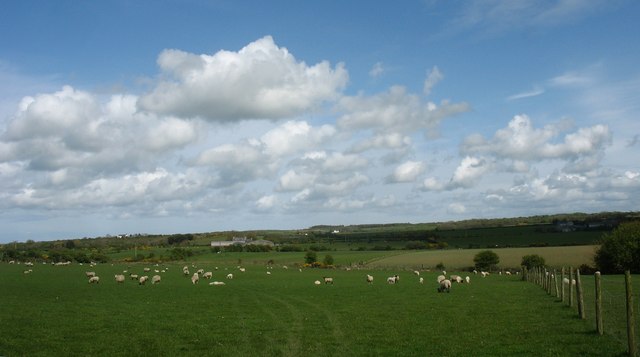Habitat & Geography
Dicrocoelium dendriticum is a flatworm that is found in several countries of Europe, Asia, Northeastern America, and North Africa (Manga-Gonzalez et al. 2001). The habitats of
Dicrocoelium dendriticum are different from those of the
Fasciola liver flukes and gastrointestinal or stomach flukes. These trematodes are mainly found in aquatic and moist environments due to the host that is needed, the lymnaeid and planorbid freshwater snails.
Dicrocoelium dendriticum is found in areas different from the
Fasciola because the need several different hosts: terrestrial snails, ants, and livestock. Therefore, it is found generally in non-prairie habitats (Cameron and Douglas 2007). These habitats can also be considered drier lowland areas or mountainous pastures (Otranto and Traversa 2003). In addition, it has been found that there are more eggs per gram of fecal matter in sheep during the winter time (Otranto and Traversa 2003).

This parasite has been found in places all over the world. One such case was in Ontario, Canada where it infected humans of native tribes of the area, which was most likely due to undercooked food. This case was fairly contained to the central point because of the tribes’ way of life. The native people generally stay within the tribe and rarely share food with individuals outside the tribe (Marcel et al. 1998).
Dicrocoelium dendriticum was first hypothesized to be introduced to North America through the importation of sheep from various European countries to North America farms. This seems unlikely due to the small amount of farms with sheep in North America, but it is still considered a reason for the spread of the 'Lancet Liver Fluke' to these areas. It is thought that once it was introduced to North America, the parasite spread to deer, cattle and other mammals (Cameron and Douglas 2007). Recently, incident rates of Dicrocoelium dendriticum have increased due to the expansion of dry desert like areas (Otranto and Traversa 2003).